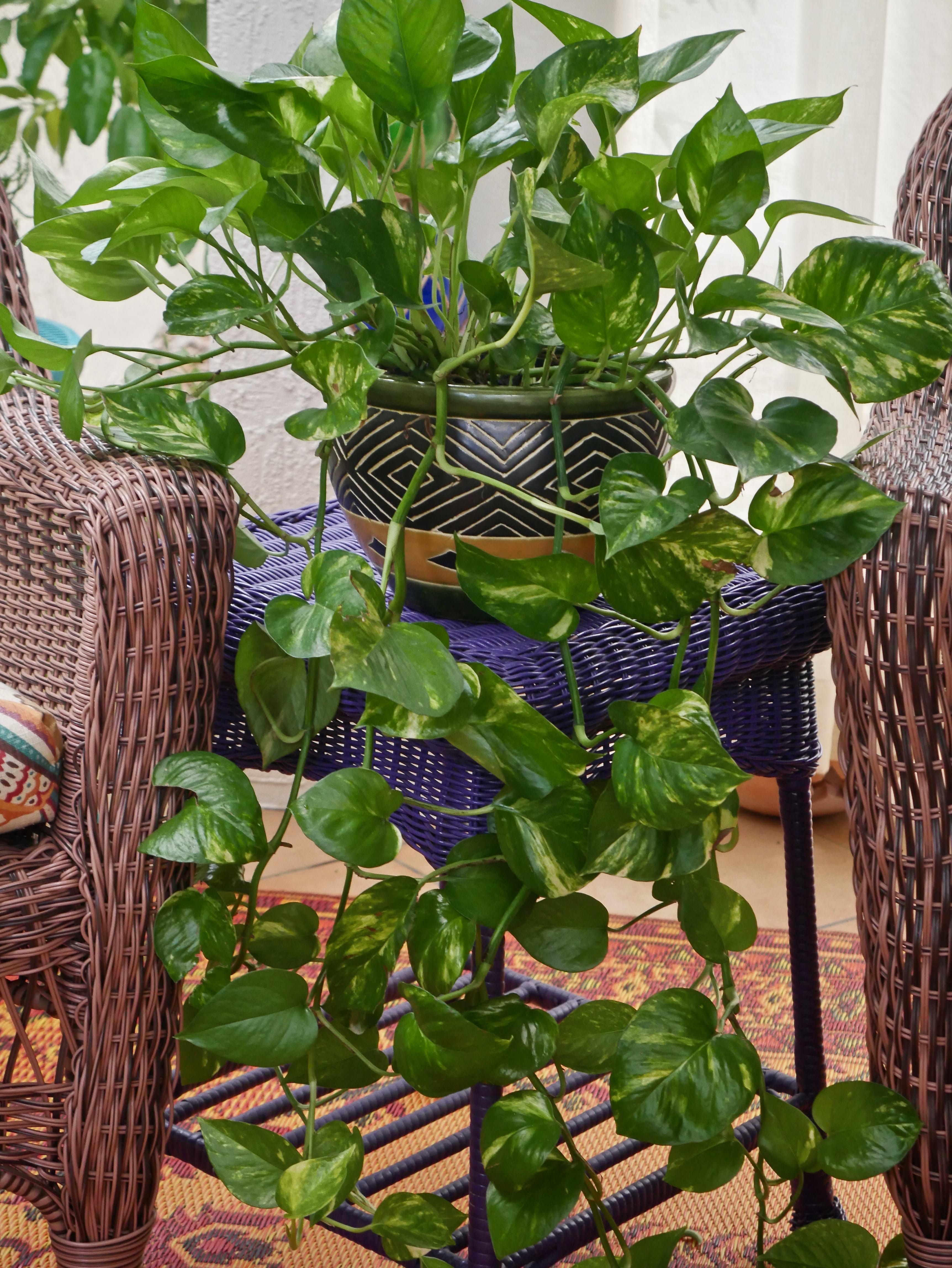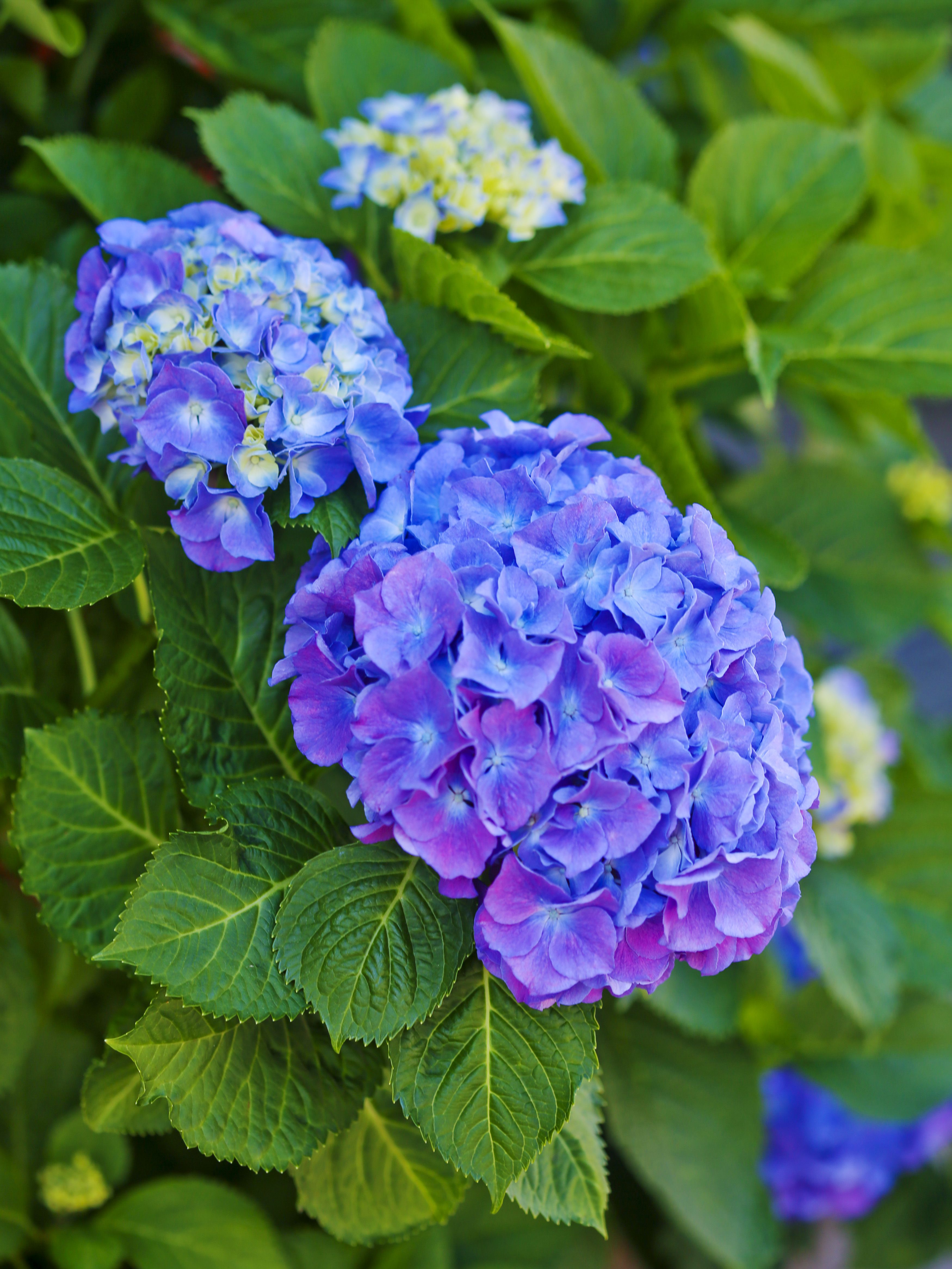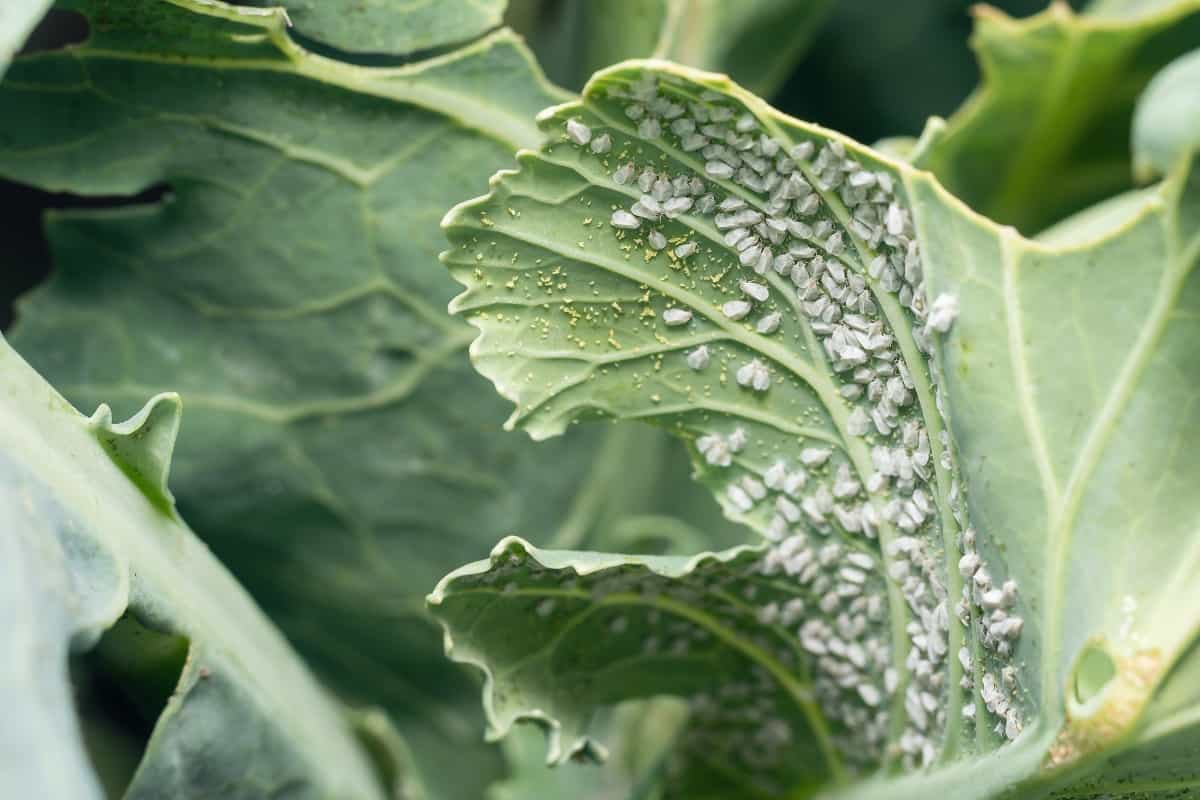How to Choose the Best Plants for Low-Light Indoor Gardens

Are you dreaming of transforming your home into a lush, green oasis but worried about the lack of sunlight? Fear not! With the right selection of shade-loving plants, you can create a thriving indoor garden even in the dimmest corners of your home. Let's dive into the world of low-light houseplants and discover the best indoor plants that will flourish in your space.
Understanding Low-Light Conditions
Before we delve into the best plants for low-light indoor gardens, it's crucial to understand what low-light conditions actually mean. Low-light refers to areas that receive indirect sunlight or are partially shaded. These spots are typically found in north-facing windows, rooms with limited natural light, or areas far from windows.
The Best Plants for Low-Light Indoor Gardens
1. Snake Plant (Sansevieria)
The snake plant, also known as mother-in-law's tongue, is a tough and resilient choice for low-light conditions. This plant is not only easy to care for but also helps purify the air. Its tall, upright leaves add a striking vertical element to any room.
2. ZZ Plant (Zamioculcas zamiifolia)
The ZZ plant is a true survivor, thriving in low-light conditions and requiring minimal water. Its glossy, dark green leaves are a beautiful addition to any indoor space. This plant is perfect for those who might forget to water their plants regularly.
3. Pothos (Epipremnum aureum)
Pothos, also known as devil's ivy, is a versatile and hardy plant that can grow in a variety of conditions, including low light. Its trailing vines can be trained to climb or cascade, making it a great choice for hanging baskets or training along shelves.
4. Peace Lily (Spathiphyllum)
The peace lily is a popular choice for its beautiful white flowers and ability to thrive in low-light environments. It's also known for its air-purifying qualities, making it a great addition to any indoor garden.
5. Cast Iron Plant (Aspidistra elatior)
As its name suggests, the cast iron plant is incredibly tough and can withstand a wide range of conditions, including low light. Its dark green, strappy leaves add a touch of elegance to any space.
Indoor Plant Care Tips for Low-Light Houseplants
Watering
One of the most common mistakes in indoor plant care is overwatering. Low-light houseplants typically require less water than their sun-loving counterparts. Always check the soil moisture before watering to avoid root rot.
Soil and Fertilization
Choosing the right soil is crucial for the health of your plants. Most low-light houseplants prefer well-draining soil. Fertilization should be done sparingly, as too much can harm the plant. A balanced, slow-release fertilizer is usually sufficient.
Humidity
Some low-light houseplants, like the peace lily, prefer higher humidity levels. If your home is particularly dry, consider using a humidifier or placing a tray of water near the plant to increase humidity.
Indoor Gardening Tips for Success
Choose the Right Location
Even low-light houseplants need some light to survive. Place your plants in areas that receive indirect sunlight, such as near a north-facing window or a few feet away from a brighter window.
Rotate Your Plants
Rotating your plants ensures that all sides receive equal amounts of light, promoting even growth. This is especially important for plants that tend to lean towards the light.
Be Patient
Low-light houseplants often grow more slowly than their sun-loving counterparts. Be patient and give your plants time to adapt and grow.
Conclusion
Creating a low-light indoor garden is a rewarding experience that can transform your home into a lush, green sanctuary. By choosing the right shade-loving plants and following these indoor gardening tips, you can enjoy the beauty and benefits of indoor plants even in the dimmest corners of your home.
FAQs
1. What are the best plants for low-light indoor gardens?
Some of the best plants for low-light indoor gardens include the snake plant, ZZ plant, pothos, peace lily, and cast iron plant. These plants are known for their ability to thrive in low-light conditions and require minimal care.
2. How often should I water my low-light houseplants?
The frequency of watering depends on the specific plant and the conditions in your home. As a general rule, allow the top inch of soil to dry out before watering again. Overwatering is a common mistake that can lead to root rot.
3. Can low-light houseplants survive in complete darkness?
While low-light houseplants can thrive in dim conditions, they still require some light to survive. Complete darkness is not suitable for any plant, as they need light for photosynthesis.
4. How can I increase humidity for my low-light houseplants?
You can increase humidity for your low-light houseplants by using a humidifier, placing a tray of water near the plant, or grouping plants together to create a humid microclimate.
5. What are the benefits of having indoor plants?
Indoor plants offer numerous benefits, including improving air quality, reducing stress, and enhancing the aesthetic appeal of your home. They can also boost your mood and create a sense of connection to nature.


0 Response to "How to Choose the Best Plants for Low-Light Indoor Gardens"
Post a Comment